Maximizing Crop Yields with Solar Pumps for Irrigation Solutions
In recent years, the agricultural sector has seen a remarkable shift towards sustainable practices, with "Solar Pumps For Irrigation" emerging as a vital solution to enhance crop yields while mitigating environmental impact. According to a report by the International Energy Agency (IEA), the global market for solar irrigation pumps is anticipated to grow exponentially, potentially reaching $1.5 billion by 2026. This growth is driven by the increasing demand for efficient water management in agriculture, particularly in water-scarce regions. Studies indicate that solar pumps can reduce energy costs by up to 50% compared to traditional diesel pumps, making them an economically viable option for farmers. Implementing solar irrigation systems also contributes to reduced carbon emissions, supporting global efforts to combat climate change. By leveraging solar technology, farmers can not only optimize water usage but also improve crop productivity, ultimately leading to a more sustainable and resilient agricultural system.
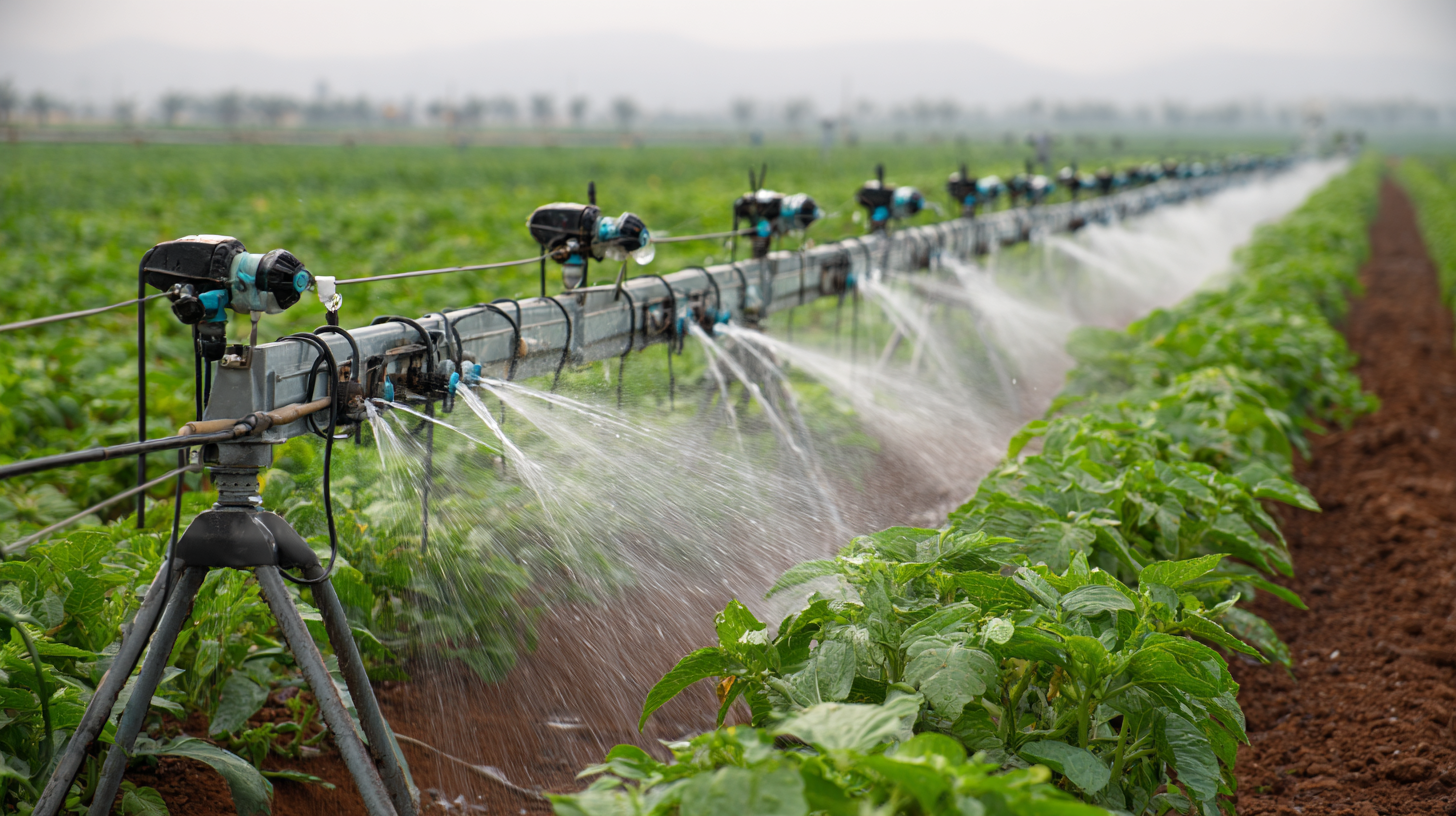
Embracing Solar Irrigation: A Sustainable Approach to Agriculture
Embracing solar irrigation presents a transformative opportunity in sustainable agriculture. According to the International Renewable Energy Agency (IRENA), solar-powered irrigation systems can increase crop yields by an impressive 20-50% while significantly reducing reliance on traditional diesel-powered pumps. This transition not only supports environmental sustainability by lowering carbon emissions but also enhances the resilience of farming practices against climate change impacts.
Farmers seeking to adopt this eco-friendly solution can benefit from several practical tips. First, it's crucial to assess water needs and availability to determine the appropriate solar pump system. Second, consider implementing precision irrigation techniques, such as drip irrigation systems, to maximize efficiency and reduce water waste. Lastly, staying informed about government subsidies and financial incentives for solar projects can help alleviate the initial investment costs, making solar irrigation a more accessible option for many farmers.
As the world contends with food security challenges, integrating solar irrigation into agricultural practices is not just an innovative solution but a necessary step towards a sustainable future. The National Renewable Energy Laboratory (NREL) reports that utilizing renewable energy sources in agriculture could save farmers up to $300 million annually, demonstrating the economic viability of this approach.
Maximizing Crop Yields with Solar Pumps for Irrigation Solutions
This chart showcases the impact of solar irrigation on crop yields over the seasons. The data represents average yield (in tons per hectare) from 2020 to 2023 for various crops supported by solar pump irrigation systems.
Enhancing Water Efficiency: The Role of Solar Pumps in Farming
In recent years, the agriculture sector has recognized the vital role that
water efficiency plays in maximizing crop yields, especially in
arid and semi-arid regions.
Solar pumps are emerging as a game-changing solution for irrigation, providing farmers with
sustainable access to water while significantly reducing costs. According to a report by the
International Renewable Energy Agency (IRENA), solar irrigation can reduce water consumption by up to
75% compared to traditional methods. This improvement not only enhances
water efficiency but also contributes to the economic viability of
farming operations.
Moreover, a study by the Food and Agriculture Organization (FAO) has
demonstrated that solar-powered irrigation systems can increase crop yields by up to
30%. These systems enable farmers to optimize watering schedules based on
weather patterns and soil moisture levels, ensuring that crops receive the precise amount of water needed
for growth. As climate change continues to affect water availability, implementing solar pumps in
agriculture represents a proactive approach to resource management, helping farmers adapt to changing
conditions while also improving their productivity and profitability. With the continued advancement
of solar technology, the future of sustainable farming looks
promising.
Innovative Technologies: How Solar Pumps Drive Crop Yield Improvements
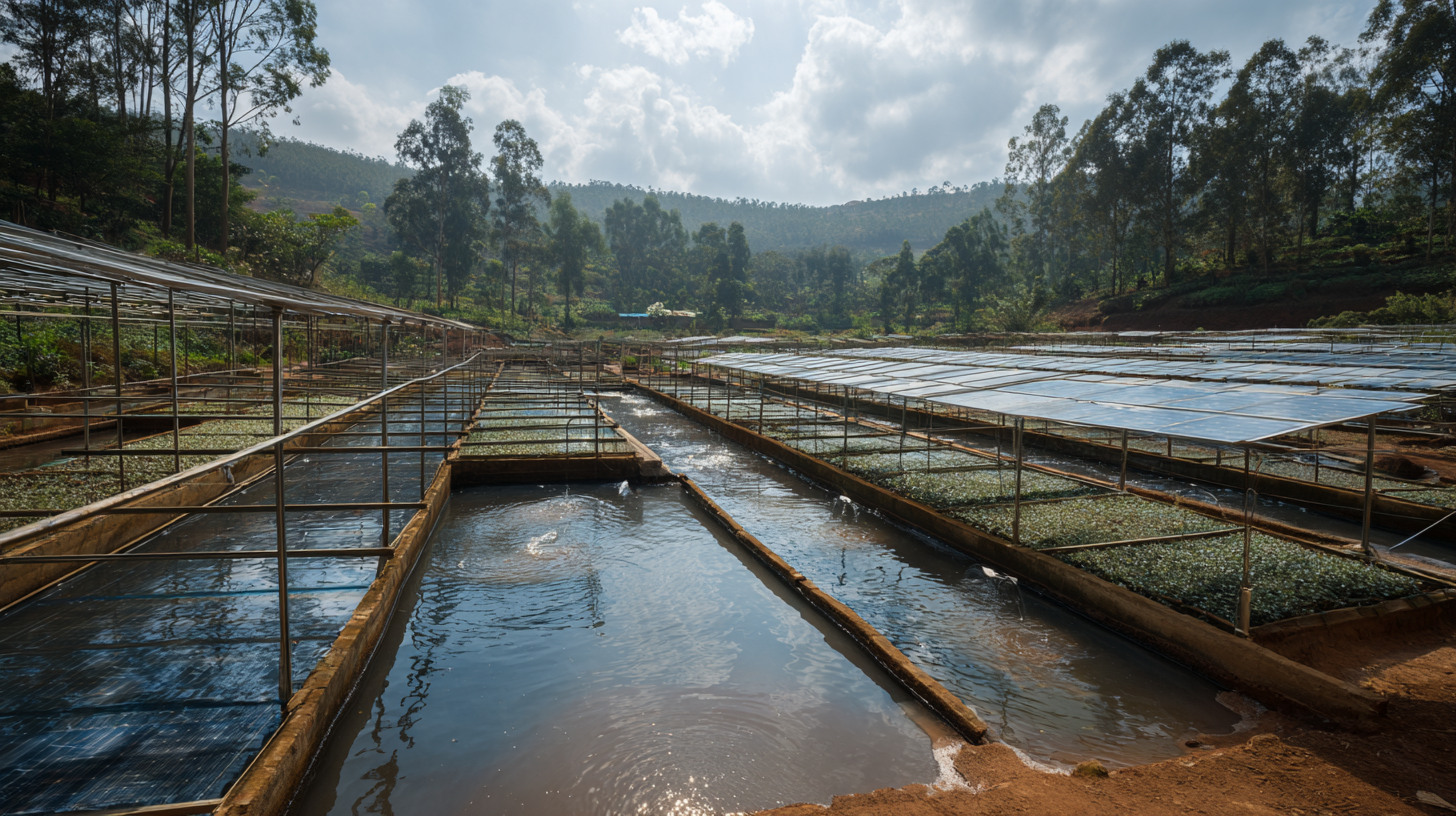 Innovative technologies have revolutionized agriculture, particularly in enhancing crop yield through the implementation of solar pumps for irrigation. These pumps harness renewable energy, providing a sustainable and cost-effective alternative to traditional fuel-based irrigation systems. By utilizing solar power, farmers can significantly reduce their operating costs while ensuring a reliable water supply for their crops, even in remote areas with limited access to electricity.
Innovative technologies have revolutionized agriculture, particularly in enhancing crop yield through the implementation of solar pumps for irrigation. These pumps harness renewable energy, providing a sustainable and cost-effective alternative to traditional fuel-based irrigation systems. By utilizing solar power, farmers can significantly reduce their operating costs while ensuring a reliable water supply for their crops, even in remote areas with limited access to electricity.
The efficiency of solar pumps lies not only in their environmental benefits but also in their ability to optimize water usage. With advanced features such as automated timers and moisture sensors, these systems enable precise irrigation tailored to the needs of specific crops. This targeted approach minimizes water waste and helps to maintain soil health, ultimately leading to better crop growth and higher yields. As such, integrating solar pumps into irrigation practices not only meets the demands of modern agriculture but also contributes to sustainable farming initiatives aimed at combating climate change and enhancing food security.
Case Studies: Successful Implementation of Solar-Powered Irrigation Systems
The integration of solar-powered irrigation systems has shown remarkable success across various agricultural settings, highlighting significant improvements in crop yields. For instance, a case study conducted in India found that farmers using solar pumps increased their water accessibility, leading to a 30% rise in crop production (NITI Aayog, 2021). The affordability of solar technology and the reduction in dependency on fossil fuels serve as major advantages, particularly for smallholder farmers facing rising energy costs.

In Africa, the implementation of solar irrigation systems has transformed arid regions into productive agricultural lands. A study by the Food and Agriculture Organization (FAO) revealed that solar-powered irrigation could increase agricultural productivity by up to 60% in areas with limited access to water (FAO, 2020). For example, in Kenya, farmers reported a doubling of their vegetable yields after installing solar pumps, which also reduced the cost of water procurement and increased their income dramatically. These successful case studies underline the potential of solar technology to reshape agricultural practices and enhance food security worldwide.
Economic Benefits: Cost Savings and Increased Crop Production with Solar Pumps
The integration of solar pumps in irrigation systems presents significant economic benefits for farmers looking to maximize crop yields. By harnessing renewable energy, solar pumps drastically reduce the operational costs associated with traditional diesel or electric pumps. The initial investment in solar technology is often offset by substantial long-term savings on fuel and electricity bills, making it a financially viable option for many agricultural operations.
Moreover, solar pumps contribute to increased crop production by providing a reliable and steady water supply for irrigation. This consistency is crucial for optimizing crop growth and yields, especially in regions experiencing unpredictable weather patterns. With improved irrigation efficiency, farmers can cultivate a wider variety of crops, leading to diversified income streams and enhanced food security. Consequently, the adoption of solar pumping systems not only supports sustainable farming practices but also stimulates local economies by increasing agricultural productivity.
Maximizing Crop Yields with Solar Pumps for Irrigation Solutions - Economic Benefits: Cost Savings and Increased Crop Production with Solar Pumps
| Crop Type | Traditional Pump Costs ($/year) | Solar Pump Costs ($/year) | Water Usage (liters/acre) | Yield Increase (%) | Cost Savings ($/year) |
|---|---|---|---|---|---|
| Corn | $500 | $150 | 2000 | 20 | $350 |
| Wheat | $450 | $100 | 1800 | 15 | $350 |
| Rice | $600 | $200 | 2500 | 25 | $400 |
| Soybeans | $400 | $120 | 1500 | 18 | $280 |
| Potatoes | $550 | $170 | 2200 | 22 | $380 |
Related Posts
-
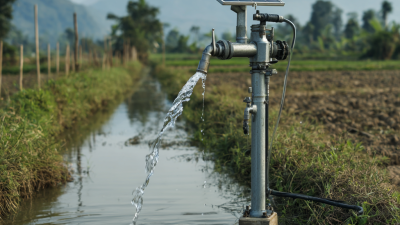
Exploring the Advantages of the Best Solar Water Pump for Irrigation Needs
-

Exploring the Surge of Solar Pumps Demand at the 137th Canton Fair: Insights and Opportunities
-
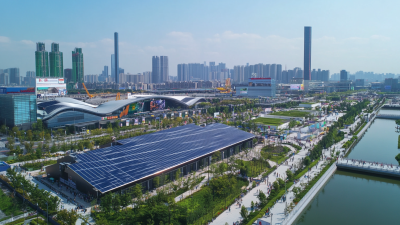
Unleashing the Potential of Solar Powered Pumps at the Record Breaking 137th Canton Fair
-
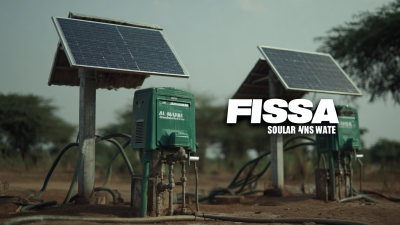
Understanding Global Production Standards for the Best Solar Powered Pumps and How to Choose the Right One
-

Exploring Real Life Applications of Best Solar Pumps in Agriculture and Industry
-
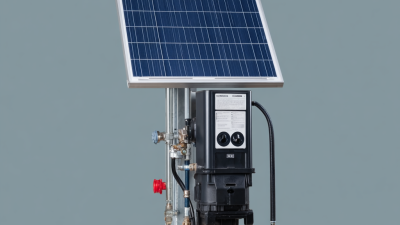
7 Essential Tips to Choose the Best Solar Pumps for Your Needs
Contact Details
Address:
Solar Pump Solutions,
Borrisokane, Co. Tipperary, Ireland.
